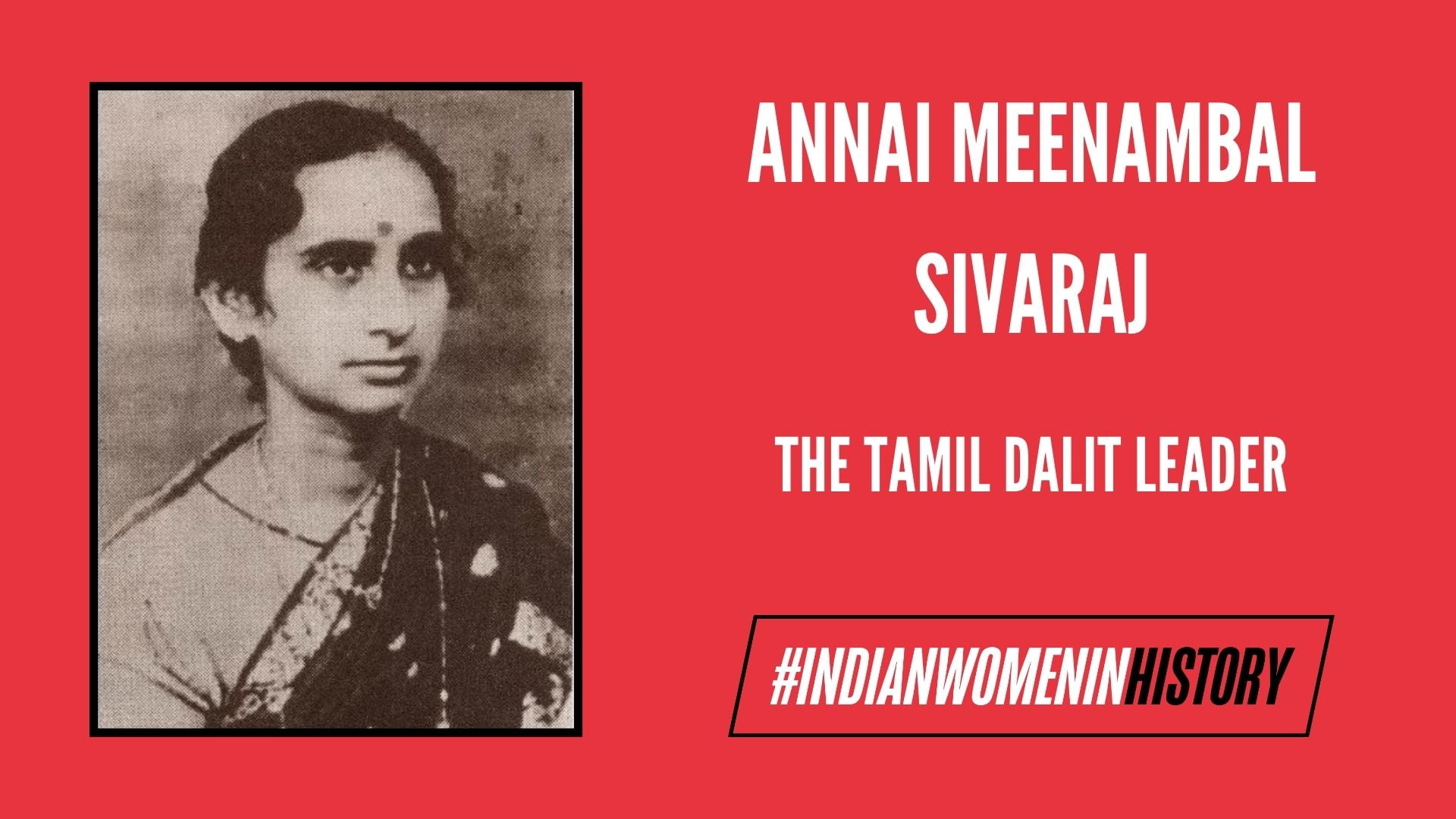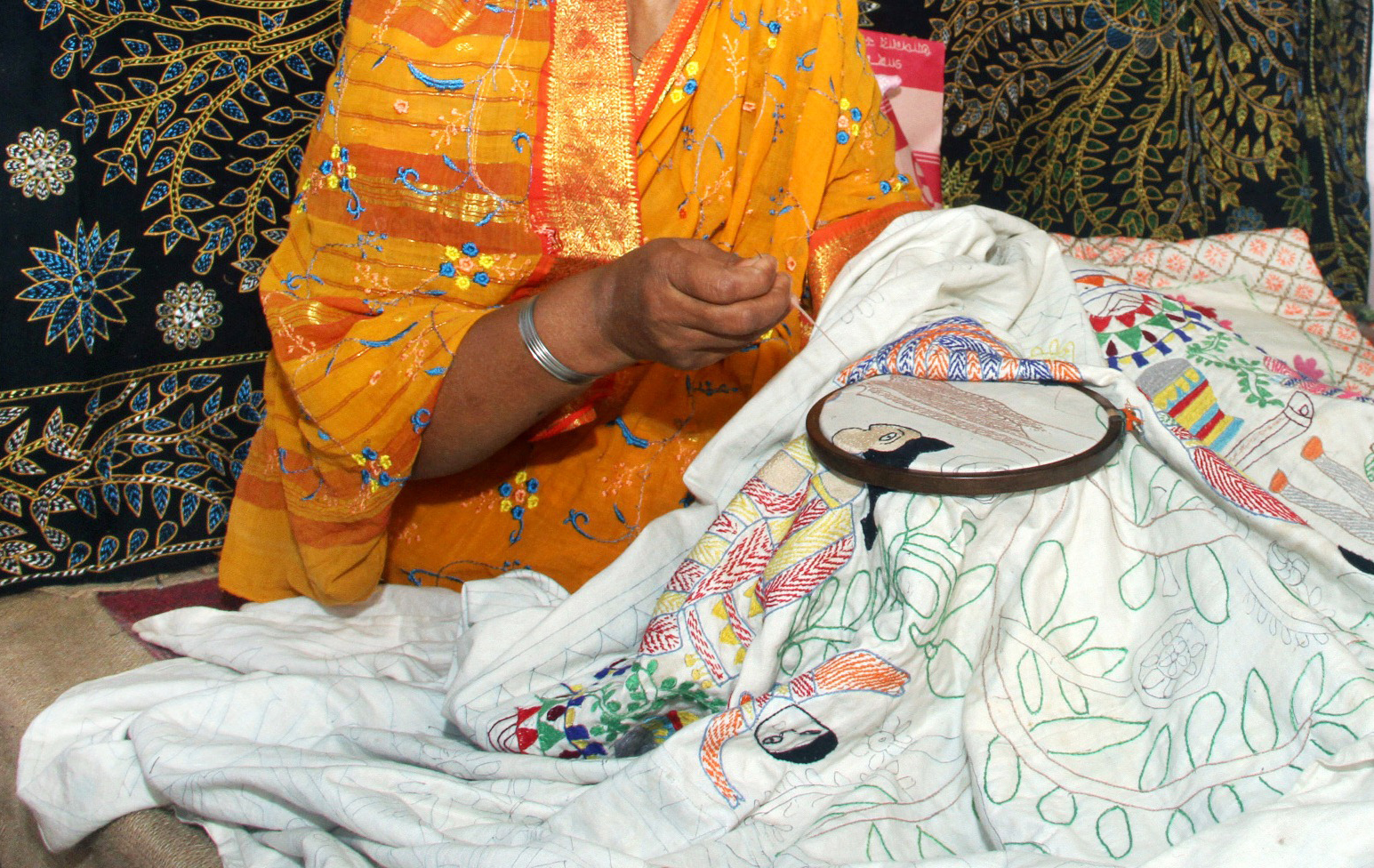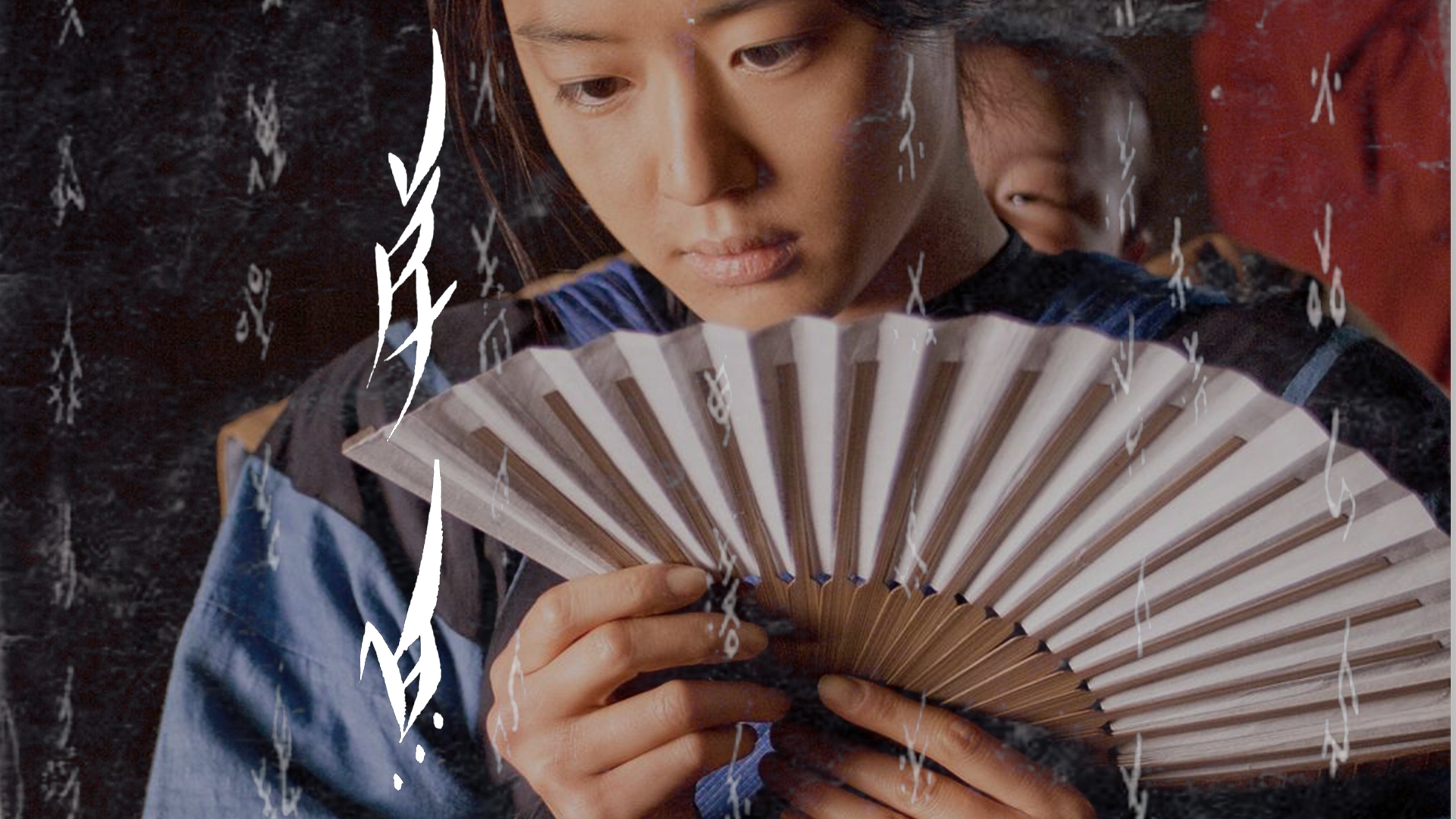Annai Meenambal Sivaraj, India’s first Dalit woman leader is one of the most important figures in the Indian Dalit History and the fight towards inclusion of Dalit women at the national forefront. However very less is known about her contribution in the mainstream media.
Early Life & Education
Born on 26th December 1904 to Mr. V.G. Vasudevapillai and Meenakshi, her early childhood was spent in Rangoon, Burma where her family had migrated from Tamil Nadu in order to escape the oppression of the dominant caste system prevailing in colonial India.
Annai Meenambal comes from a family of renowned Dalit leaders. Her grandfather P.M. Madurai Pillai, was a well known benefactor. Meenambal’s father had been the first elected person to the corporation of Madras from the aboriginal people, was a member of the Tamil Nadu Assembly and had been involved in the Adi-Dravida movements from an early age. Meenambal was thus aware of the struggles of the movement from an early age.
Finishing her Bachelors in Fine Arts in Rangoon, Meenambal, shifted to Madras in order to gain an insight on the political scenario of the country and to understand and put forward a Dalit woman’s perspective within the existing political framework of the Indian struggle against caste system.
Political Career
Meenambal’s first attempt to engage with the caste struggle in the public sphere came in 1928 when she gave a speech in favour of the Simon Commission. As opposed to the upper caste leaders of the time, who boycotted the commission citing that it did not represent the Indian interests by excluding them, she presented an appeal to the Commission for the recognition and implementation of affirmative action for the Dalits.
Also Read: Six Books By Dalit Women Writers Exploring Lives Lived On The Margins Of Caste And Gender
In the years that followed, she became joined hands with Dr. Ambedkar and E.V.R Ramasamy in spreading the Dalit consciousness, and the message of anti-caste revolution in Tamil Nadu. At the Tirunelveli Adi-Dravidian conference which was convened on 31st January 1937, she said:
“It is said that a family without unity will perish. For this reason it must be known that a society, nation or anything else needs the strength of unity to gain its progress. Although it will take a long time to do away with this sin of case consciousness from our country, all the people of our community must unite together with each other to prove that we are too human beings.“
Meenambal became the first Scheduled Caste woman to become a member of the Madras Corporation representing Madras University Senate. Apart from this, she became the first Dalit woman President of the All India Scheduled Castes Federation (AISCF), the first all India political party exclusively for the Scheduled Class started by Dr. Ambedkar. She presided the AISCF’S national women’s conference at Madras in 1944 alongside Dr. Ambedkar and then the subsequent session on May 6, 1945 held at Bombay, all the while strongly articulating the need for women’s education.
Meenambal held positions like the honorary magistrate for Madras province, member of the post-war rehabilitation committee, Director of Scheduled Castes Cooperative Bank and leader of the anti-Parry corporation labour struggle. Known fondly as the beloved sister of Dr. Ambedkar, it was she who gave the title of ‘Periyar‘ or the Great One to E.V. Ramasamy. She was married to N. Sivaraj, the known lawyer, politician and the right hand of Dr. Ambedkar.
Work and Later Years
A strong proponent of the Self-Respect Movement (started in 1925 by E.V. Ramasamy) and a feminist at heart, she encouraged the women on the importance of their active participation in the fight against untouchability, oppression, caste inequality through education. She tirelessly worked throughout her life for the Dalit community, retiring at the age of 80.
It was on 30th November, 1992 that the Meenambal fondly referred to as ‘Annai’ or mother expired, leaving behind a rich legacy of her struggles which still serve as a beacon for the contemporary fight against caste oppression.
Also Read: Writing Our Own Histories – Why We Need Dalit History Month
References
About the author(s)
Ankita is pursuing her postgraduation degree in French literature at JNU and is an intern at FII; trying to understand what feminism is all about. She loves reading, travelling and is a theater enthusiast.




